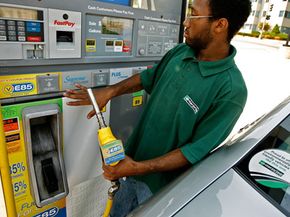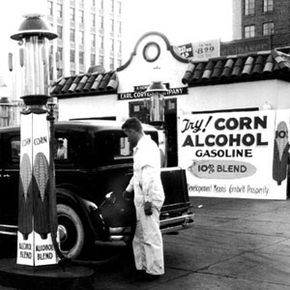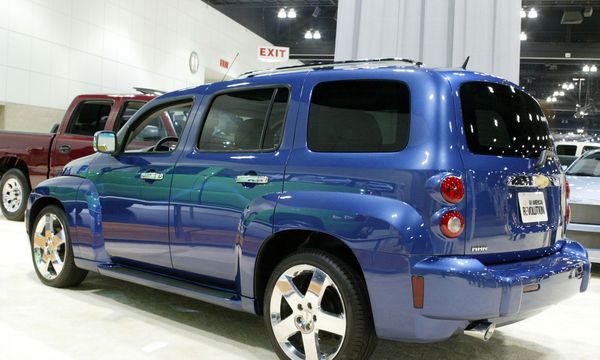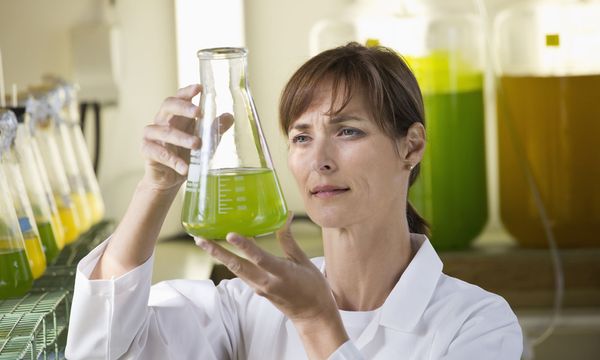In the energy industry, the need for change is no longer debatable. Beyond the danger of complete dependence on foreign oil when both global politics and gas prices are more volatile than ever, the environmental impact of burning millions of gallons of fossil fuels faster than we can say "greenhouse gases" is beginning to sink into the general consciousness. So what's the answer? Some say it's hydrogen, which is a brilliant alternative but ultimately raises some complex questions about safety. Others point to natural resources like sunlight and wind. Parts of the renewable-energy industry are pretty keen on ethanol, as well -- how can you argue with the wisdom of powering our cars with bountiful corn?
Apparently, you can argue with it, and many people are. First, a quick primer on what ethanol is and how it's made.
Advertisement
Ethanol is grain alcohol. In the United States, it's usually made from corn. In Brazil, it's most commonly made with sugarcane. Wheat, barley and potatoes are also sources of ethanol.
There are a couple of ways to make fuel-grade ethanol, and one of the most common ones is the dry-mill method, which goes something like this:
- The corn (or other grain) passes through a grinding meal. It comes out as a powder.
- A mixture made of this grain powder, water and an enzyme enters a high-heat cooker, where it's liquefied. The enzyme helps to break down the grain compound to aide in the liquefaction process.
- The liquefied mash is cooled, and another enzyme is added to the mix. This enzyme converts the starch into sugars that can be fermented to create alcohol.
- Yeast is added to the sugar mixture to begin the fermentation process. The sugars break down to ethanol (a form of alcohol) and carbon dioxide.
- The fermented mixture is distilled. The ethanol separates from the solids.
- A dehydration process removes water from the separated ethanol.
- A small amount of gasoline is added to the ethanol in order to make it undrinkable. All ethanol used as a fuel must be made nonpotable.
Byproducts of this process, including distiller's grain and carbon dioxide, are useful in the farming and ranching industries and may be sold by the ethanol-manufacturing plant for various purposes. But according to many experts in agriculture, making ethanol a major player in the fuel industry has serious drawbacks.
In this article, we'll look at what makes ethanol a potentially good source of clean energy -- and find out why some people think this potential is limited.
Advertisement



